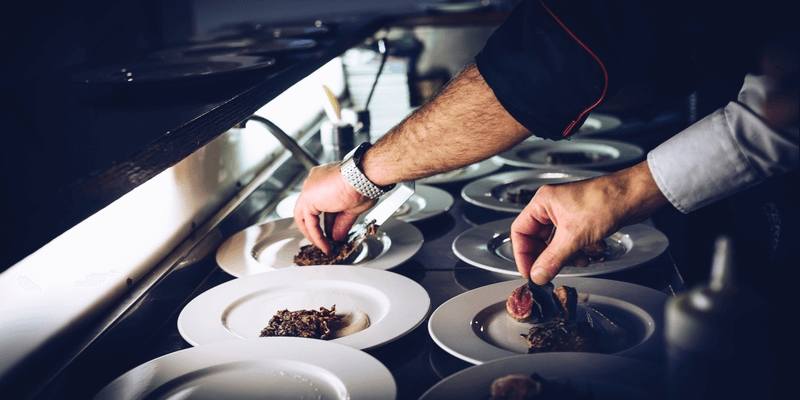
The simplest way to minimize waste and control food costs is to manage kitchen inventory. If a poll were taken today asking restaurant kitchen staff what it’s like to take inventory, brace yourself.
For the majority of restaurant operators, taking inventory is a tedious and time-consuming task that they’d rather not have to do. The worst part is that kitchen inventory is usually taken incorrectly. Before we explain why, let’s review the benefits of taking inventory the right way.
Is Taking Inventory Worth the Time?
As stated above, taking inventory helps restaurants waste less and control food costs more. Tracking what ingredients cost prevents over-ordering and overstocking an item. It also reduces the amount of food that is thrown away. In contrast, understocking an item can cause chaos and missed revenue opportunities. Customers are never pleased to hear that an item they ordered is sold out or not in stock.
In addition to knowing how many of an item to purchase, it’s also important to have a solid understanding of what you’re paying for the food that you’re selling and how that impacts your restaurant’s profits. A review of the profitability of your menu is recommended at least once a year.
Why Do Restaurants Fail at Inventory?
They Don’t Track Inventory at All
Simply stated, they choose to not take inventory at all. This is the biggest and most common mistake (along with not offering online ordering) that restaurants are making, and the consequences are predictable.
Members of the kitchen staff typically point to a lack of time, or workers. Others admit that they don’t see much value in tracking inventory or rely on ordering supplies whenever they have a chance.
As much as the reasons above seem rational, the benefits of taking inventory outweigh them. Without taking inventory, restaurants don’t know how many dry goods or supplies they have on hand. It also helps determine if some food or bottles of liquor are mysteriously slipping out of the backdoor.
Wrong Inventory Values
The most common reason that restaurants are not doing inventory management is that they don’t know how. Investing all the time and effort and not yielding accurate results is devastating. Since the price of ingredients is always changing, you would need to constantly update or average your recent purchase price in order to calculate inventory value. If you’re not constantly updating your prices or have software that will do that for you, then your inventory values are likely wrong.
Owners and kitchen managers must consistently update their inventory management systems or spreadsheets manually. Cloud-based kitchen inventory applications are worth checking out as they automate much of the work.
Getting it right
To manage inventory correctly, you need the right process, staff, and most of all, the right tool.
Kitchen Inventory software needs to be flexible to account for the way your kitchen and storage is set-up, to be able to group products, delegate the workload by individual or role, to choose your own schedule by area, and, most importantly, to automatically and accurately update your inventory values recent purchase price data. Choosing the right solutions is not always easy, but cloud-based solutions are making that decision easier.
The main point is that managing inventory and tracking ingredient costs is worth the work. The good news is that technology is making that easier.

